CARING AND MAINTAINING THE FABRICS
Fabric care and maintenance refers to the cleaning procedures carried out on fabrics and garments to keep them clean and in mint condition. It also refers to the required storage conditions for the proper upkeep and maintenance of garments. The care includes the following procedures:
– Frequent airing of the garments and brushing, if required
– Mending, if torn
– Stain removing in case of stains
– Cleaning by right cleaning method
– Ironing by the right method
– Storing under clean and hygienic conditions
To carry out the right care and maintenance procedures, it is necessary for manufacturers to inform the consumer about fabric composition and care procedures. Therefore, we will first discuss fabric care labels, information given on them and the meaning of that information.
FABRIC CARE LABELS INSTRUCTION:
Care labels are stitched on to garments and piece furnishing items, such as towels, blankets and the rest to provide full instructions about fabric composition and regular care for the garments or to provide details if a particular operation can be carried out or not. Therefore, manufacturers should ensure that care labels remain legible throughout the useful life of the product, and should be attached at places where they are easily visible to the consumers. Written instructions or specified care symbols can be used on care labels.
The American Society for Testing and Materials (ASTM) and International Organization for Standardization (ISO) care systems use the same basic five symbols. The difference in the systems consists in the manner in which refinement to the basic processes in conveyed. The symbols must be used in the order of operations, such as washing, bleaching, drying, ironing and if necessary dry cleaning. When a care symbol is crossed out, it indicates that the process is not recommended.
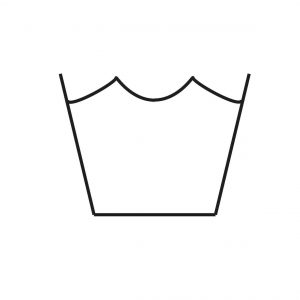 |
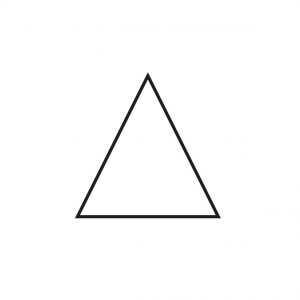 |
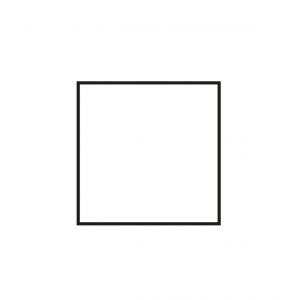 |
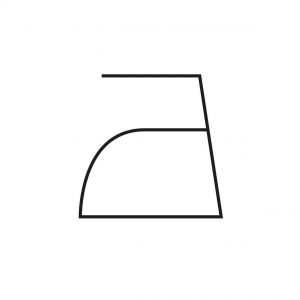 |
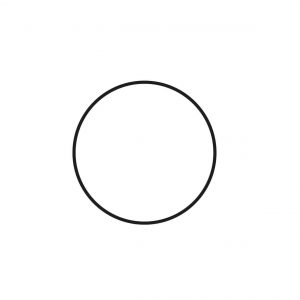 |
|
Wash |
Bleach | Dry | Iron |
Dry Clean |
Dots added to the symbols are used to indicate temperatures. One dot refers to low temperature, two dots refer to medium temperature, and three dots refers to high temperature.
Lines added to a basic care symbol denote reduction in action or treatment. No lines under the wash symbol are for normal cycle, one line is for permanent press cycle, and two lines for gentle cycle.
FABRIC CARE SYMBOLS:
The various types of fabric care symbols are given for washing, bleaching, drying, dry cleaning and supplementary symbols.
| WASHING | |
 | Washing water temperature near boil at 95° C |
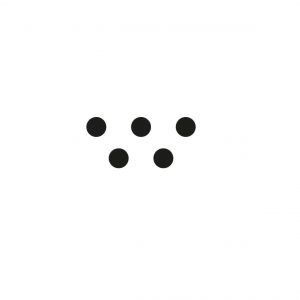 | Washing water temperature extremely hot at 70°C |
 | Washing water temperature very hot at 60°C |
 | Washing water temperature hot 50°C |
 | Wash in commercial machine in water not exceeding 95°C, at normal setting |
 | Wash in commercial machine in water not exceeding 95°C, at permanent press setting |
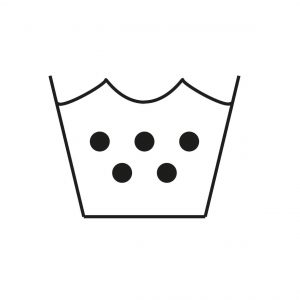 | Wash in domestic or commercial machine in water not exceeding 70°C, at normal setting |
 | Wash in domestic or commercial machine in water not exceeding 60°C, at normal setting |
 | Wash in domestic or commercial machine in water not exceeding 60°C, at permanent press setting |
 | Wash in domestic or commercial machine in water not exceeding 50°C, at normal setting |
 | Wash in domestic or commercial machine in water not exceeding 50°C, at permanent press setting |
 | Wash in domestic or commercial machine in water not exceeding 50°C, at delicate / gentle setting |
 | Wash in domestic or commercial machine in water not exceeding 40°C, at normal setting |
 | Wash in domestic or commercial machine in water not exceeding 40°C, at permanent press setting |
 | Wash in domestic or commercial machine in water not exceeding 40°C, at delicate / gentle setting |
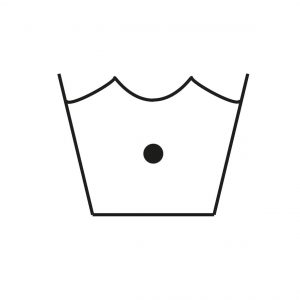 | Wash in domestic or commercial machine in water not exceeding 30°C, at normal setting |
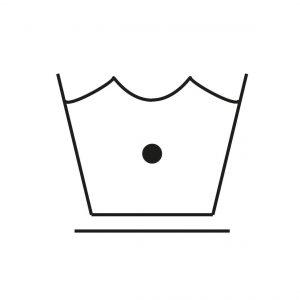 | Wash in domestic or commercial machine in water not exceeding 30°C, at permanent press setting |
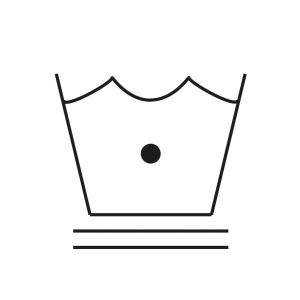 | Wash in domestic or commercial machine in water not exceeding 30°C, at delicate / gentle setting |
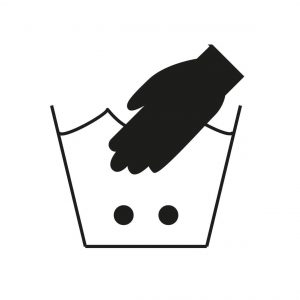 | Wash gently by hand in water not exceeding 40°C |
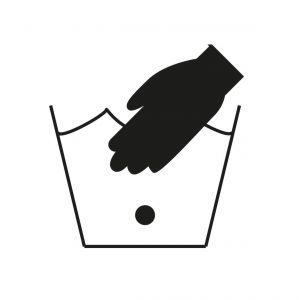 | Wash gently by hand in water not exceeding 30°C |
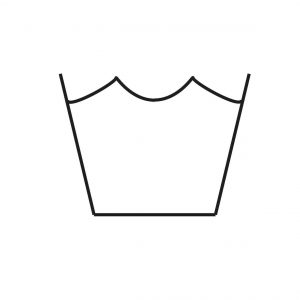 | Wash in domestic or commercial machine in water at any temperature, at normal setting |
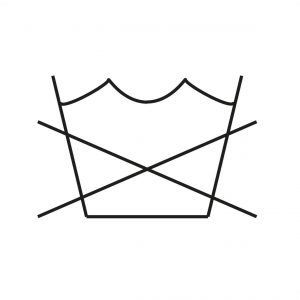 | Do not wash |
| BLEACHING | |
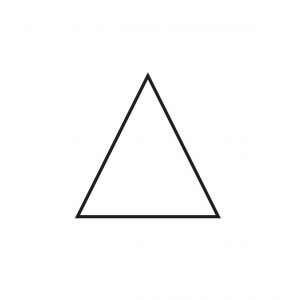 | Use any bleach |
 | Use only non-chlorine bleach |
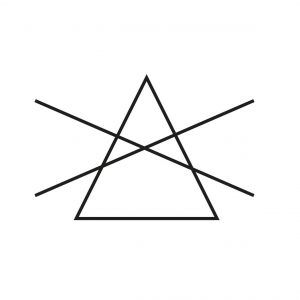 | Do not bleach |
| DRYING | |
 | Tumble Dry at high heat (not exceeding 75°C) at normal setting |
 | Tumble Dry at medium heat (not exceeding 65°C) at normal setting |
 | Tumble Dry at medium heat (not exceeding 65°C) at permanent press setting |
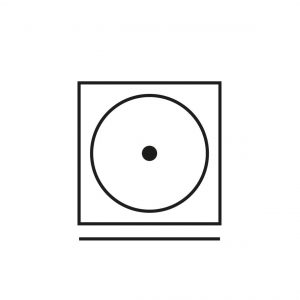 | Tumble Dry at low heat (not exceeding 55°C) at permanent press setting |
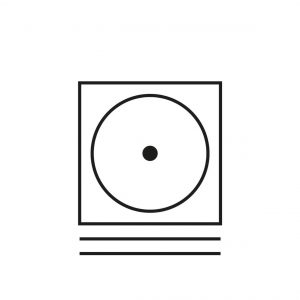 | Tumble Dry at low heat (not exceeding 55°C) at delicate setting |
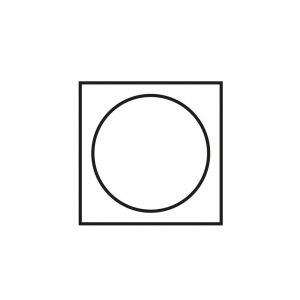 | Tumble Dry at any heat |
 | Tumble Dry no heat / air dry |
 | Do not tumble dry |
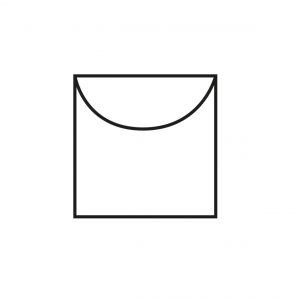 | After extraction of excess water, line dry or hang or dry |
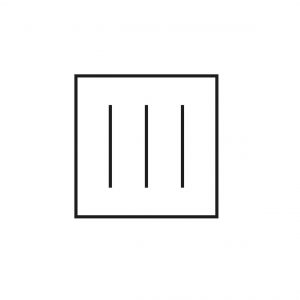 | Hang up the soaking wet article to drip dry |
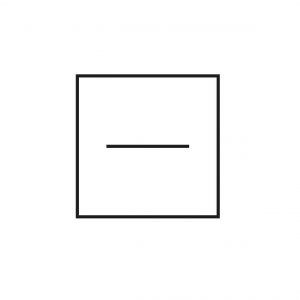 | After extraction of excess water, dry flat |
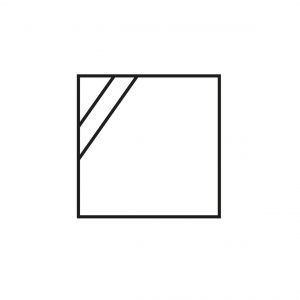 | Dry in shade |
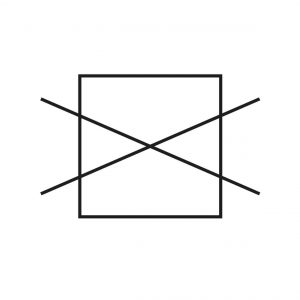 | Do not dry (used with ‘Do not wash’ symbol) |
| IRONING | |
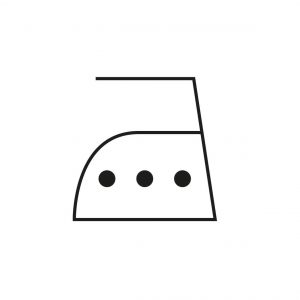 | Iron with or without steam by hand, or press on commercial equipment at a high temperature (not exceeding 200° C) |
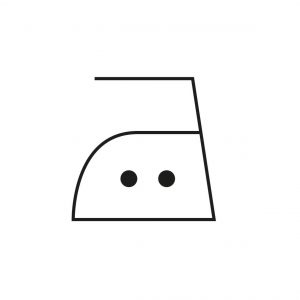 | Iron with or without steam by hand, or press on commercial equipment at a medium temperature (not exceeding 150° C) |
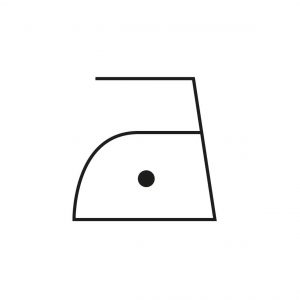 | Iron with or without steam by hand, or press on commercial equipment at low temperature (not exceeding 110°C) |
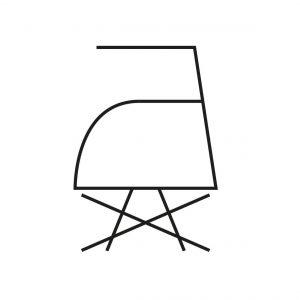 | Do not steam |
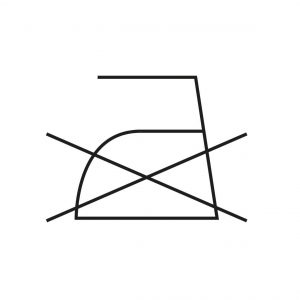 | Do not iron or press |
| DRY CLEANING | |
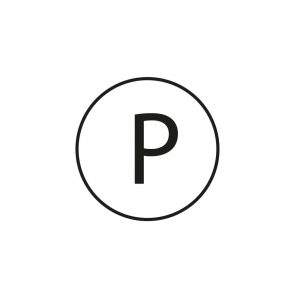 | Dry clean normal cycle, any solvent except trichloroethylene |
 | Dry clean normal cycle, petroleum solvent only |
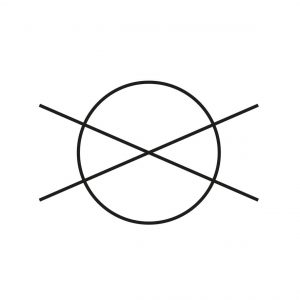 | Do not dry clean |
| SUPPLEMENTARY SYMBOLS | |
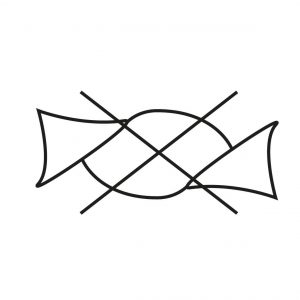 | Do not wring |
 | Wet clean |
 | Do not wet clean |
FABRIC CARE:
The Fabric (garments) need to be taken care of to ensure their long life. The various methods of fabric care are:
– Airing and brushing
– Mending and garments
– Stain removal
– Cleaning procedure
– Ironing
– Storage
stain removal methods:
While removing stains, the following precautions should be taken.
– Blot up any excess liquid with the help of a clean white cloth or blotting paper
– Remove any solidified stain by gentle scraping with a dull knife
– Test the reaction of stain removing agent on a seam or hidden area in order to avoid spoiling the fabric
– As soaps can make the stains permanent, do not rub soap bar on stains
– Stains should not be ironed as heat sets the stains
– Do not rub the stains, as they can spread
|
TYPE OF STAIN |
FABRIC TYPE |
METHOD OF REMOVAL |
|
Alcoholic |
All |
Soak in cold water, then in white vinegar and rinse with cold water |
|
Blood |
All |
Wash with cold water. Apply salt and pour Luke warm water. |
|
Cotton, Linen |
If stain persists, soak in dilute ammonia and wash. |
|
|
Silk, Wool |
If stain persists, sponge with perchloroethylene or other solvent such as petrol, turpentine oil. |
|
|
Chocolate |
All |
Soak in cold water and wash. |
|
Cotton, Linen |
Spread borax over the stain and pour boiling water through it. If stain persists, bleach with hypochlorite bleach. |
|
|
Silk, Wool |
If stain persists, bleach with hydrogen peroxide |
|
|
Curry |
All |
Wash with hot water and soap. |
|
Fruit |
All |
Wash in boiling water. |
|
Grass |
All |
Soak in alcohol or kerosene oil. Wash with soap and water. |
|
Grease |
All |
Wash with hot water and soap. |
|
Ink (blue) |
All |
Rub salt and cut lemon on the stain. |
|
Iron rust |
All |
Soak in Oxalic acid and rinse in borax solution. |
|
Mud |
All |
Wash with soap and water. |
|
Nail Polish |
All |
Soak in methylated spirit or acetone. |
|
Paint |
All |
Soak in turpentine oil or methylated spirit. |
